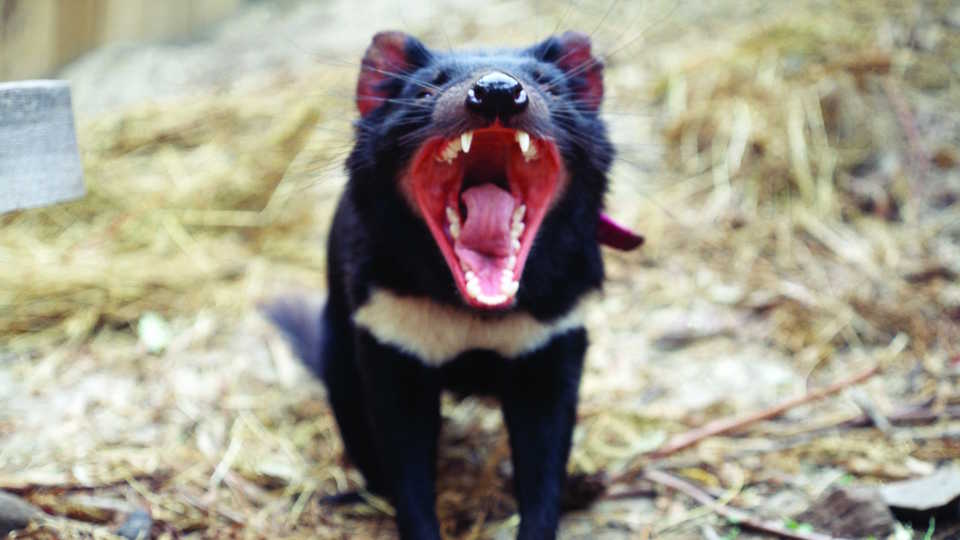Science News
Evolving Immunity to Cancer

Forget about Zika virus. Imagine a transmissible cancer, that you could catch just by shaking someone’s hand. Oh, and imagine it’s 100 percent fatal if you catch it. This isn’t imaginary—Tasmanian devils (Sarcophilus harrisii) have been facing this deadly transmissible cancer, called Devil Facial Tumor Disease (DFTD), for the past 20 years. These aggressive animals transfer the disease through biting other devil’s faces, and the cancer has wiped out 80 percent of the species since the cancer first emerged in 1996.
Given the high percentages, the devils are predicted to go extinct, but scientists are seeing wild populations survive. Why? Luckily, Menna Jones of the University of Tasmania has been collecting Tasmanian devil tissues since the early 1990s. Using RAD sequencing, scientists could scan the genomes of hundreds of individuals within a population, looking at several locations across the genome. With this technology, the team looked at three different populations of devils over time, since before the disease emerged, to the introduction of the disease, through the current wide spread of the cancer.
The team found seven different genes in two genomic regions that differ in pre- and post- disease samples. Five of the seven genes in these regions are known to be associated with cancer and immune function in other animals, including humans. This genetic variance suggests that Tasmanian devils, in a short period of time—between four and six generations—are rapidly evolving to resist DFTD.
This finding doesn’t just offer hope for survival of the Tasmanian devils, but also has implications for other wildlife diseases and also human cancer, says senior author Andrew Storfer, of Washington State University. “Because this disease moves from host to host, it’s effectively like one very long-lived human tumor within a single individual, so this may give us insights into cancer remission and recurrence in humans. Also, perhaps some of these genes will give us insight into human cancers, as well.”
Storfer’s colleague Paul Hohenlohe of the University of Idaho says the methods used in this study could also help aid the conservation of other rare and threatened species. “The questions we can answer range from simply defining populations or species to identifying genetic factors that make a population well-adapted to its environment or even identifying genetic factors could threaten the extinction of a population.”
Image: Menna Jones